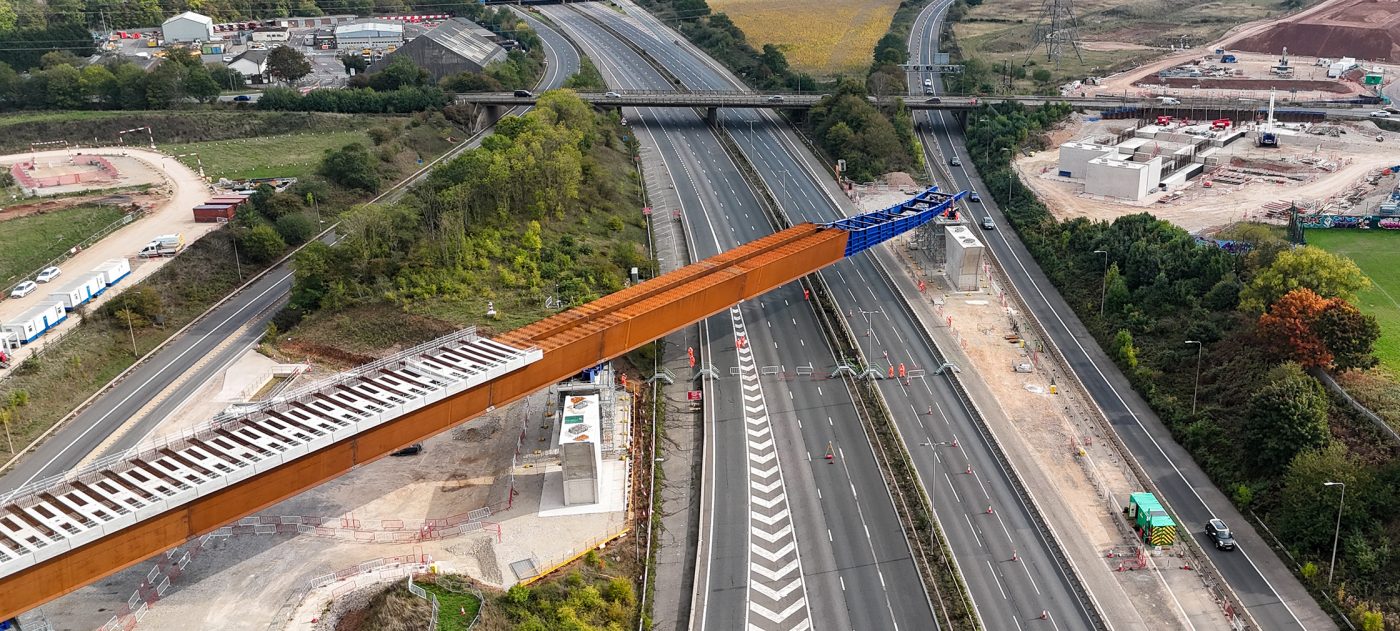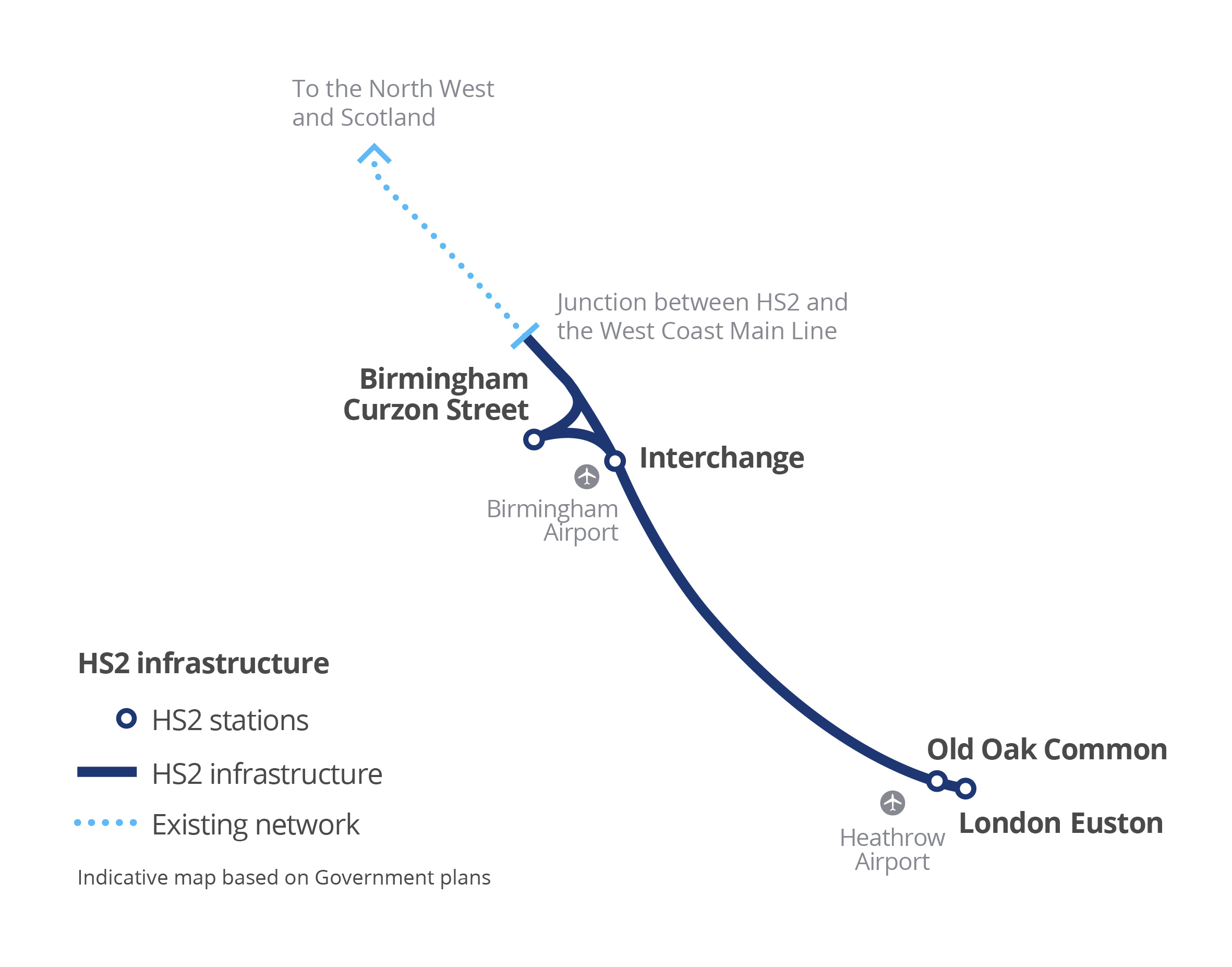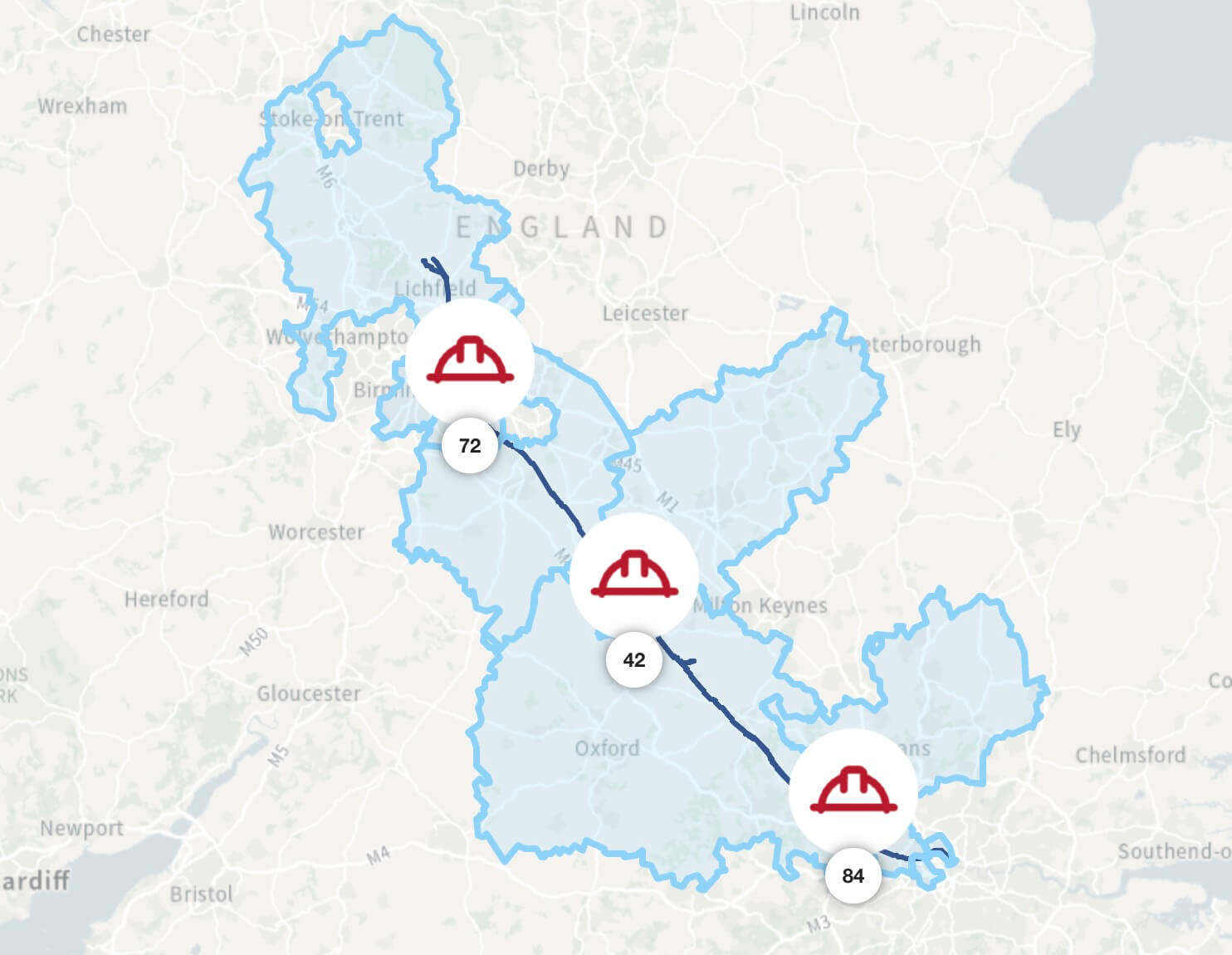Building HS2
We’re building:
- 32.5 miles of twin-tunnels, protecting landscapes and reducing disruption above ground;
- 175 bridges and 52 viaducts to carry trains over existing roads and railways;
- 111 embankments and 72 cuttings to manage the railway through different landscapes; and
- power and signalling systems for safe, high-speed services.
Our construction update videos
Email newsletters
Subscribe to our Project Update newsletter to receive the latest news and updates about HS2.


